The City of Amsterdam is on a mission to become fully circular by 2050 and an emission-free city by 2030.
In order to get there, the city has identified key industries responsible for CO2 emissions and is pushing them towards circularity.
One industry making a slow but concerted effort to reach sustainability and circularity is the construction industry.
In fact, Amsterdam has already cemented itself as the hub for sustainable construction in the Netherlands.
With WasteBuild Zero 2023 being held in Amsterdam this year, there is a collective effort taking place to turn the Dutch capital into the torchbearer for a waste-free, sustainable, and circular construction industry.
An industry known for its waste
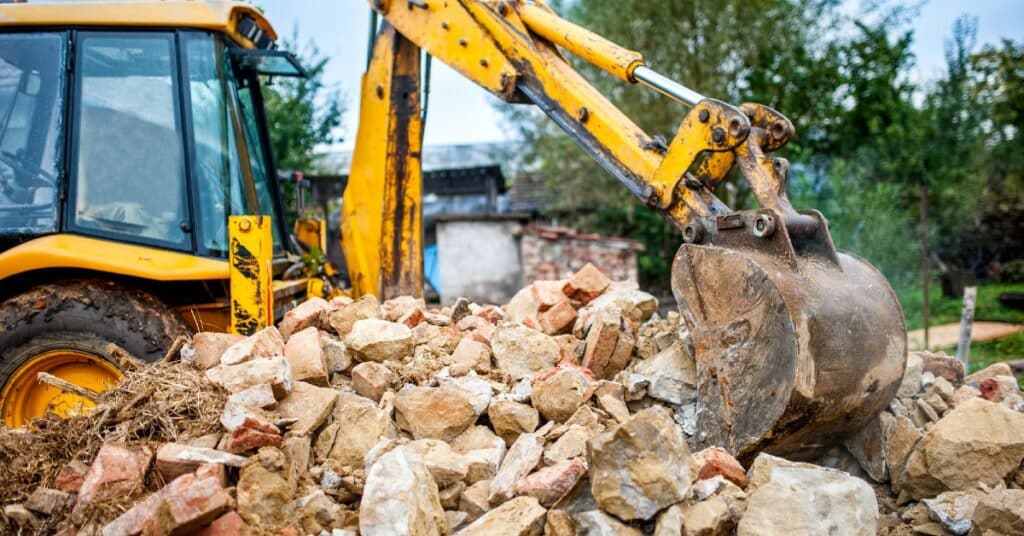
The construction industry is responsible for 35 per cent of all waste generated in Europe. The industry is also responsible for around one-third of all CO2 emissions.
As an early adopter of sustainable construction, the city of Amsterdam is directly acknowledging the role of waste materials in the industry.
Willem Böttger, Director of R&D at NPSP, says the Dutch government is planning to build nearly one million new homes in the next ten years.
As a fast growing tech hub, Amsterdam is seeing a major housing boom that also results in increased demand for material consumption.
Thus with the construction of these new homes, it is expected that emissions will grow and even the UN warned about emissions from the building sector growing during COP27.
However, it is not all doom and gloom in the construction industry.
Nancy Zikken, Trade Developer Sustainable & Smart Cities at Amsterdam Trade & Innovate, says only 10 per cent of CO2 emissions from the building sector comes from the building process itself.
She says 90 per cent of CO2 emissions come from the production and transportation of materials.
Despite the emissions, the city of Amsterdam has identified that it is not a gargantuan task to push the construction industry towards circularity.
Conservative industry meets innovative architects
The construction industry is a conservative one with a lot of money at stake and many vested interests.
As a result, project developers and contractors are not open to taking risks and thus embracing sustainability.
However, their conservative approach is being fought by architects and designers who are open to testing innovative and sustainable solutions.
“Developers and contractors say it is hard to meet sustainability requirements when land prices are high,” says Zikken.
With the huge demand for housing in Amsterdam, the industry is finding it difficult to meet the high sustainability standards.
“Architects and designers look at it differently,” Zikken says, adding, “They are up for new solutions and see a lot of possibilities.”
Space was once seen as the most conservative industry in the world but the likes of SpaceX, Arianespace, and others have shown how private players can transform the industry.
Similarly, the construction industry is ditching its conservative approach through architects and designers who are emerging as the guardians of sustainable construction.
Buitenplaats Brienenoord, a cultural centre in Rotterdam, serves as a great example of innovative architects overcoming conservative challenges.
For this project, Superuse Studios reused 90 per cent of the old building’s material and overcame the transportation challenge as well
In order to make reuse of building materials possible, Superuse has also founded a platform oogstkaart.nl as a marketplace for reusable building materials, which was sold to urban mining company New Horizon in 2019.
In a nutshell, the new architecture landscape evolves use of reusable building materials, reusing an entire building whenever possible, relying on circular materials, circular and detachable design process.
New materials and challenges
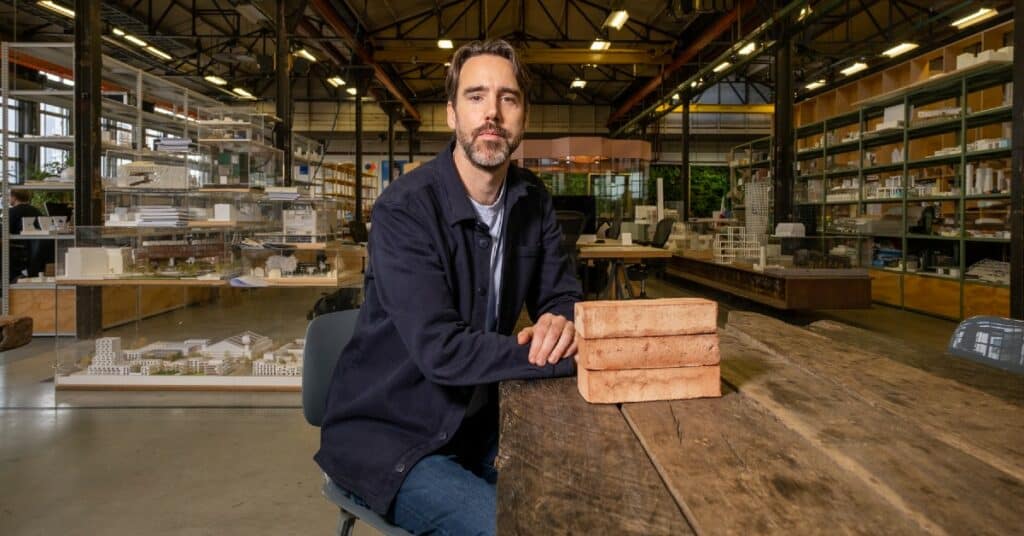
“Material prices in the building process are still relatively low,” Böttger tells Silicon Canals via email while explaining the material challenges.
Since the materials used currently in the field of construction are low, there is not much impetus to design or innovate on the material front.
However, that is not stopping the likes of NPSP and StoneCycling from bringing new materials to Amsterdam’s construction scene.
Amsterdam-based startup StoneCycling makes construction bricks from construction and demolition waste.
The construction and demolition waste is the largest waste stream in the Netherlands, accounting for 30 per cent of all the waste produced in the country.
“It’s made from waste, fired at a lower temperature and in combination with a build for disassembly system easier to reuse,” says Ward Massa, co-founder and CEO of StoneCycling.
While StoneCycling began by offering waste-based bricks that resembled the traditional construction bricks, the startup has since diversified to offer bricks with different colours and structures.
NPSP, on the other hand, is developing and producing biobased and circular materials for the built environment.
The use of natural raw materials and production techniques puts NPSP a step ahead of legislation and a pioneer in material transition.
Role of Amsterdam in sustainable construction
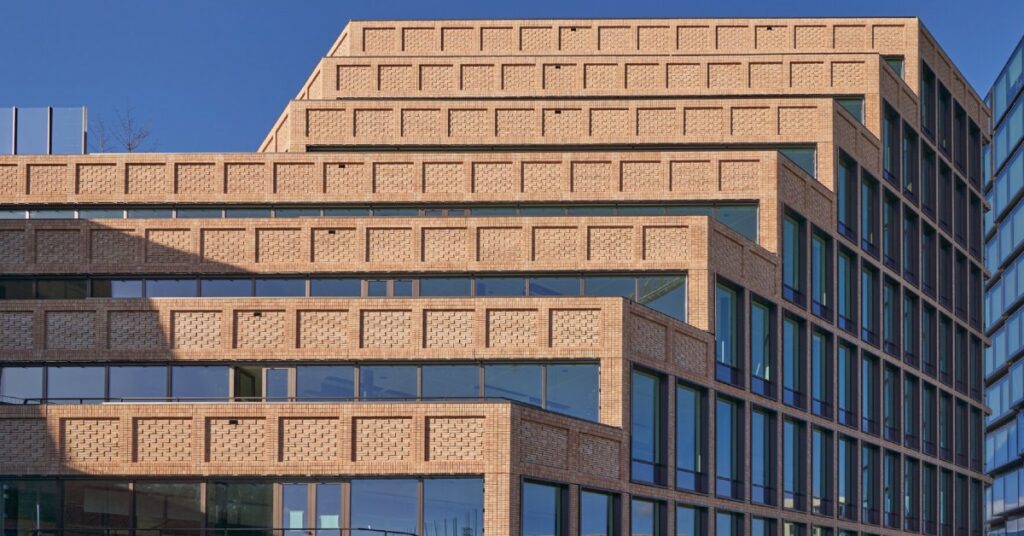
The City of Amsterdam has clearly written the playbook for transitioning to a circular economy with a goal to become fully circular by 2050.
In its strategy to become circular, the city has adopted a doughnut model made popular by British economist Kate Raworth.
With the Amsterdam City Doughnut, Amsterdam wants to be a transformative city where people and the planet can thrive in balance.
It also launched a circular monitor in 2022 to monitor the usage of materials in the city. Zikken says this tool showed the usage of materials is higher than expected.
“With this tool, we can see the emissions of the materials and on which themes we can make the most impact,” she explains.
Amsterdam has also launched the project CircuLaw as a knowledge platform enabling circular transition by identifying opportunities in current law.
With focus on timber building, the city wants to show policymakers that building in timber is just as easy and safe as building with concrete.
In a conservative industry like construction, some actions may require a policy push and with CircuLaw, the City of Amsterdam could make decisions that not only transform the industry but also make it sustainable.
Inspiring the industry through WasteBuild Zero
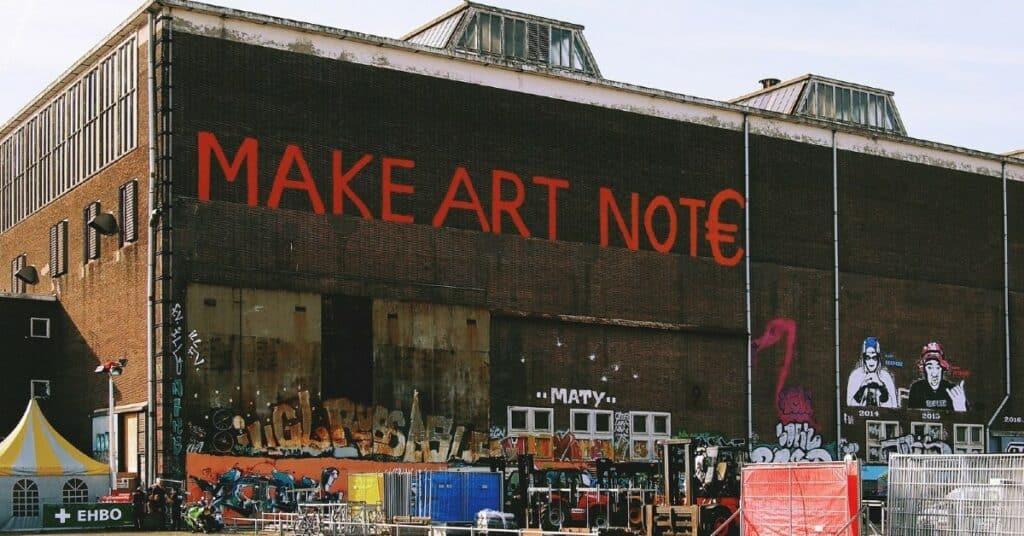
In order to further stimulate the need to become sustainable, WasteBuild Zero is being held at the NDSM area in Amsterdam this year on May 11 and 12.
The two-day event will bring together key players in the built environment to showcase the latest materials, techniques, solutions and innovations helping deliver low carbon and circular construction schemes.
Zikken says, “Our aim is to support the transition towards a circular and regenerative built environment and in the process to tackle the climate emergency.”
From circular neighbourhoods, recycling infrastructure to energy efficiency in building, circular strategies and design, WasteBuild Zero will turn ideas into actions.
With a backdrop like NDSM area, which serves as an example of keeping the value of materials in place, WasteBuild Zero 2023 aims to inspire people in the field of construction by deepening their knowledge.
With Dutch startups like Aectual, Pretty Plastic, Studio Solarix, Stonecycling, and NPSP present at WasteBuild, the event will also showcase Amsterdam’s lead in sustainable development and construction.
To join the Amsterdam booth at WasteBuild Zero, contact Nancy Zikken via [email protected] or 06 28946489 no later than April 7, 2023
The road ahead
The clear edge that Amsterdam enjoys over other cities is its ability to discern the problem and find a solution.
In the case of the construction industry, it has identified lack of resources as a problem and use of waste materials generated by the industry and new biobased materials as a solution.
However, the city does not want to stop at new development and constructions to benefit from its circular approach.
Zikken highlights the work of De Groene Grachten in renovating the monumental buildings alongside the Amsterdam canals.
She says organisations like De Groene Grachten play an important role in helping corporations and house owners with advice on how to renovate their houses to meet sustainability goals.
“It is really important these organisations exist, because renovations are challenging in Amsterdam. There are a lot of monuments with specific requirements for renovations,” she adds.
With only 8 per cent of the global economy being circular, there is a long road ahead for the world to become circular.
However, with its innovative approach and actionable development model, Amsterdam not only wants to get there first but also aims to become the playbook for others to follow.



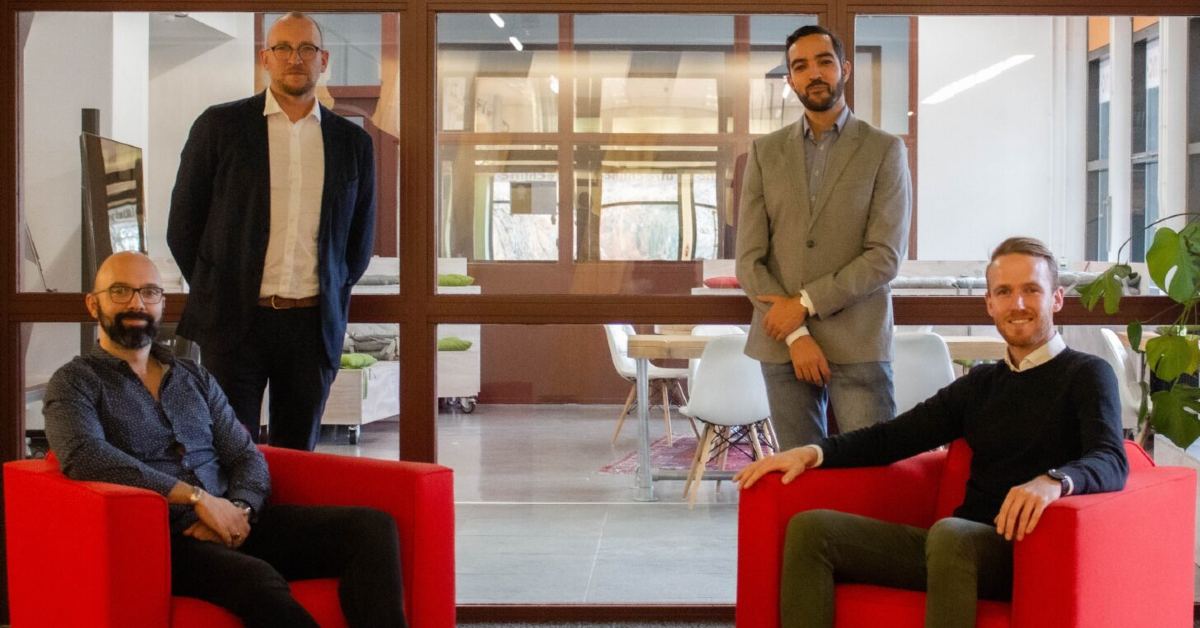
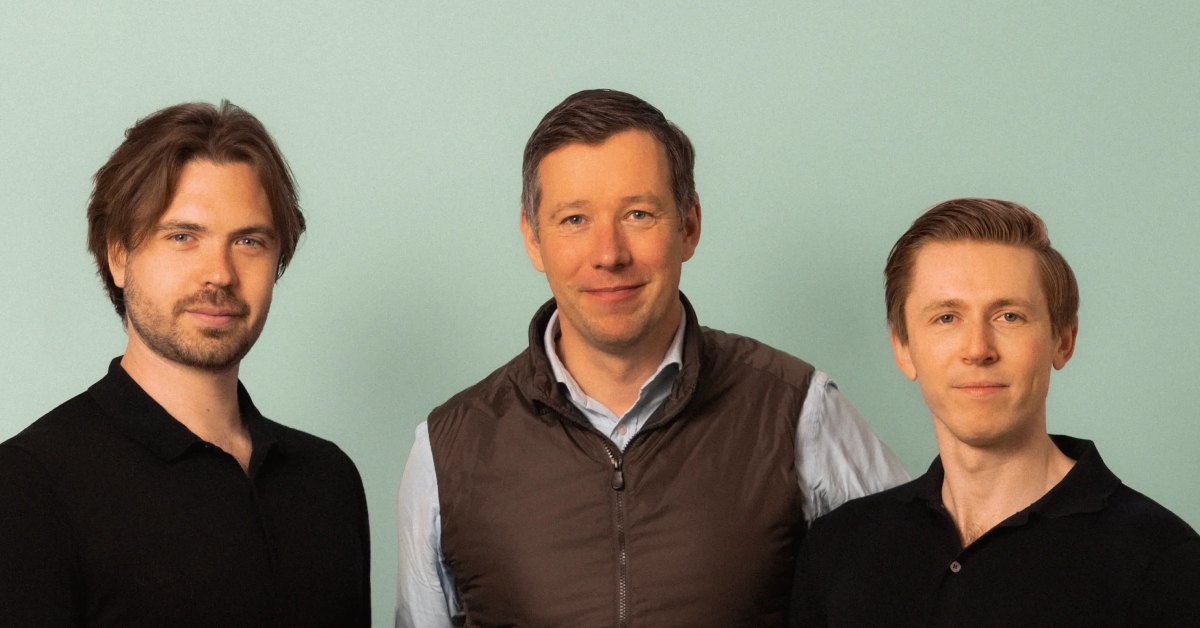
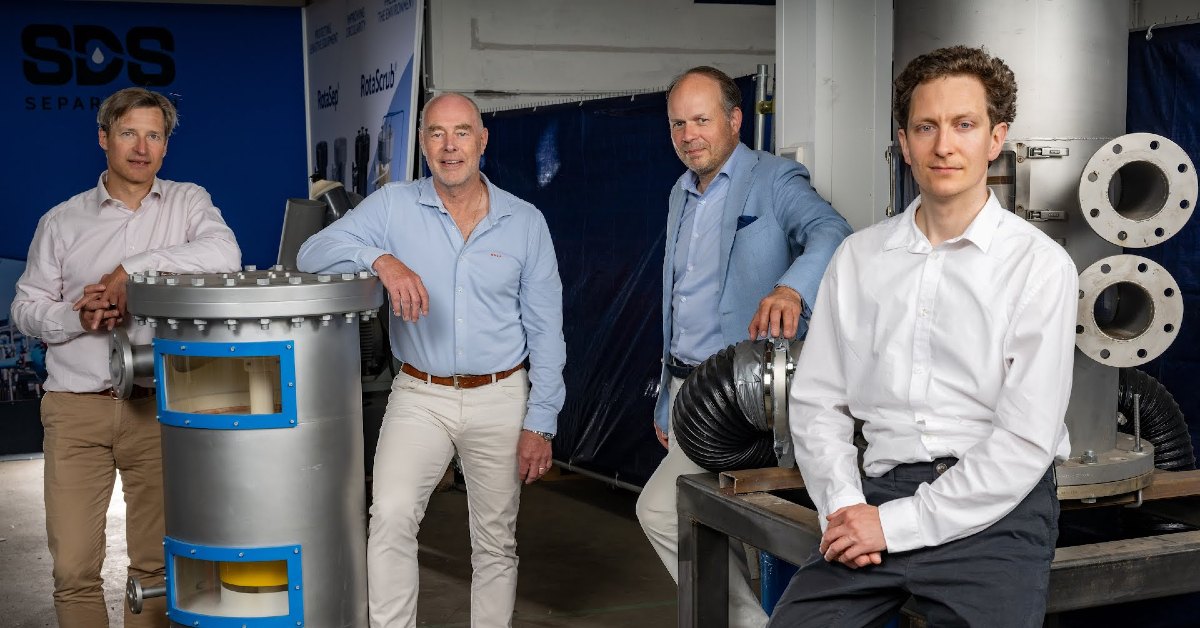
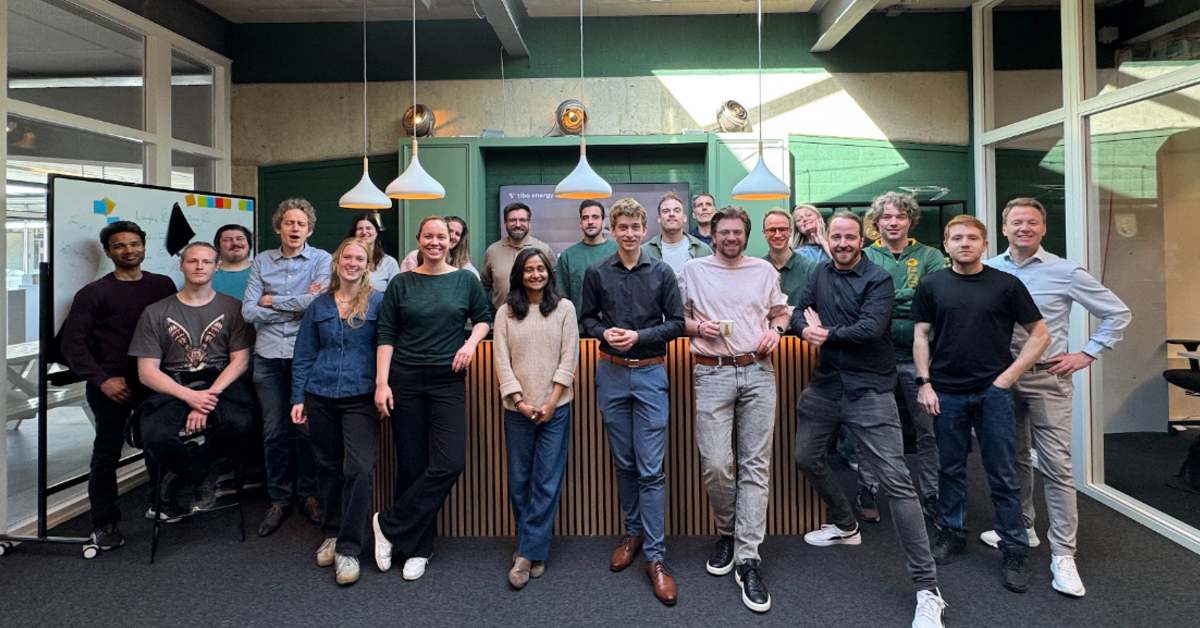
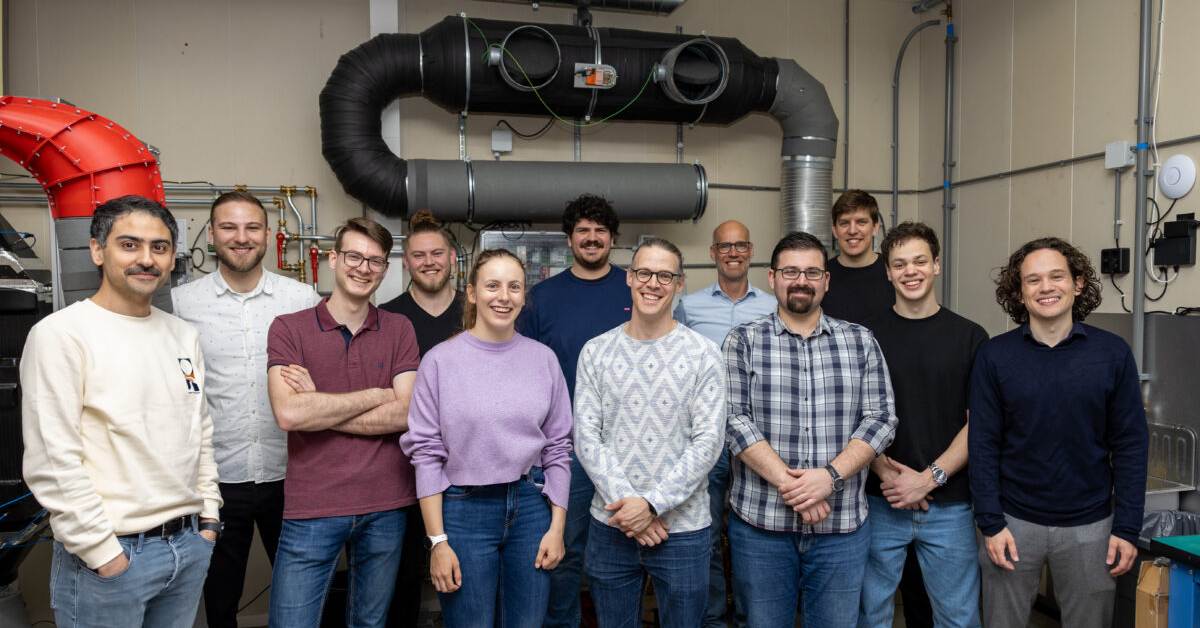
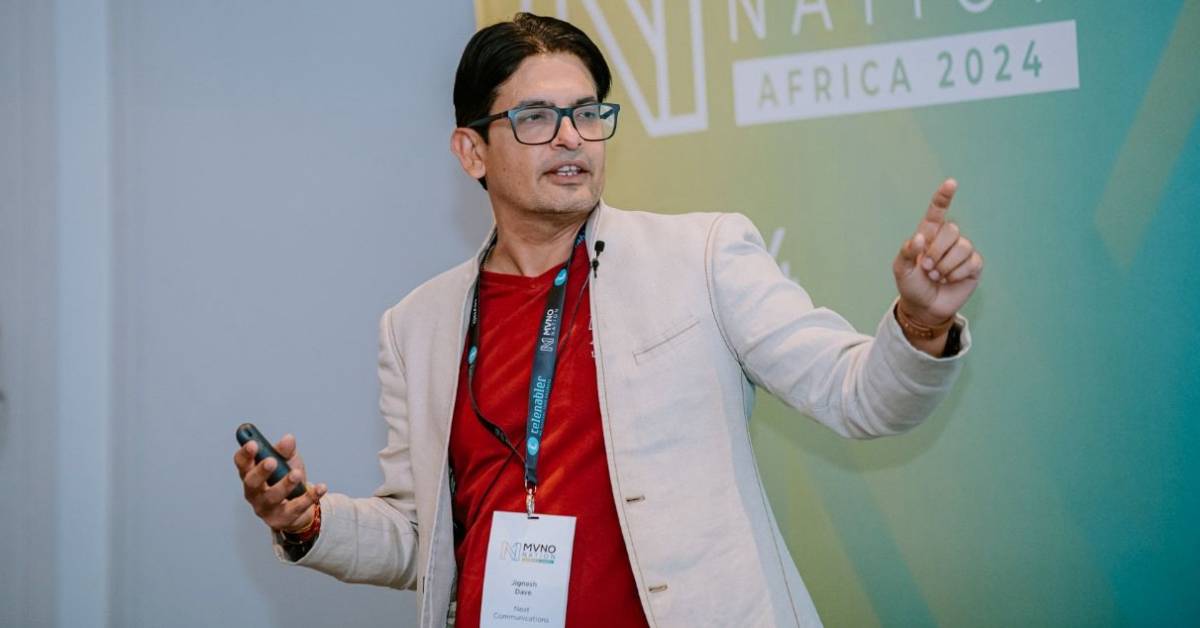

01
From telecom veteran to Dutch Startup Visa success: The Jignesh Dave story